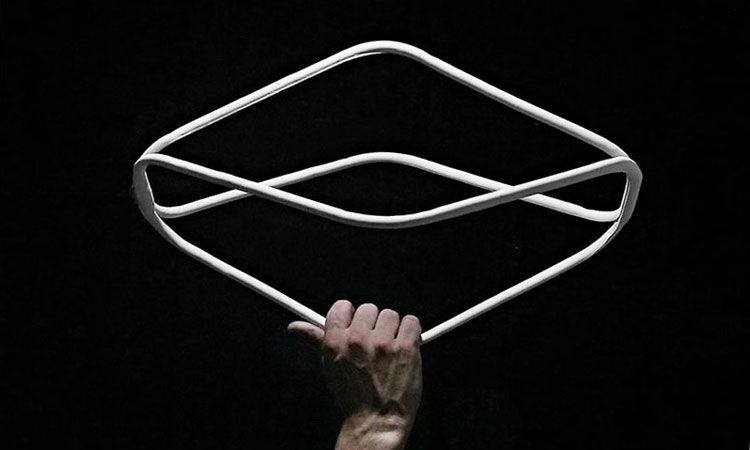Rapid liquid printing over 3D printing?
Compared to injection molding or casting, 3D printing is limited to small scale production at a relatively slow speed. A new process called Rapid liquid printing offers an alternative. It’s fast, designed to tackle large-scale production, and doesn’t rely on prototype materials, instead using rubber, foam and plastic. Beyond its technical capabilities, it’s simply hypnotic to watch.
Created by MIT’s Self-Assembly Lab in collaboration with Steelcase, Rapid liquid printing physically draws in 3D space in a liquid gel suspension and enables the precise creation of customized products. While 3D printing calls for layer-by-layer creation, Rapid liquid printing works through direct injection into the gel, physically drawing the objects into existence. Watching the materials solidify, it’s easy to forget about the science behind it – for a moment, it’s as if they’ve come into existence through sheer force of will. It’s an impressive thing to witness, particularly given some of the complex curvature of the designs. What’s more, in its current iteration, there are no limits to scale – with a large enough tank, the process can create objects of any size.
Skylar Tibbits, Co-Director of MIT’s Self-Assembly Lab with Jared Laucks, told WIRED: “The gel is similar to a hair gel or hand-sanitizer and has two key functions. The first is that it can suspend objects so that we aren’t fighting gravity and we don’t require layer-by-layer printing or support materials, which are time consuming to print. This means that a part can be printed quickly within the gel and then removed and simply washed off with water. The second is that the gel self-heals after the nozzle passes through. This allows you to continuously move and print within the gel and not create tunnels or cavities which would fill up with printed material.”
It takes roughly an hour to mix the gel, and after it’s produced it works immediately to suspend the printed materials. If the printed material is extremely dense, the gel may need to be altered slightly in terms of composition, but Tibbits said that, generally, density isn’t a problem. “We have been able to suspend plastics, foams, rubbers and even metals without any issue.”
Producing high quality objects out of plastics and metal has the potential to change fields of design. Instead of mass-producing furniture, it could instead be customized and produced to specific requirements – allowing people to define themselves within a “sea of sameness”, as Rob Poel, Director of New Business Innovation at Steelcase, puts it. The process could also open up new avenues for production in automotive and aerospace industries, where fast, large-scale manufacturing is essential.
Tibbits said: “The size limit is really only constrained by the size of the machine and the quantity of gel. But it could also be used for smaller printed structures with high-resolution features, but they would likely be slower to print.”
The creative ability of Rapid liquid printing has recently been exhibited at Milan’s Furniture Fair with product designer Christophe Guberan, in which the team printed an experimental table top for Bassline, a new table collection created by turnstone. The Bassline table is the largest object the team has created so far and was printed in a metre-long tank.
Rapid liquid printing is still in the research phase, but when asked what the future holds for the technology, Tibbits said he has plans for further development.
“We’re excited to experiment with new materials [looking to create] larger printed structures and faster, more efficient processes.”



Comments are closed, but trackbacks and pingbacks are open.